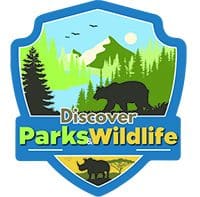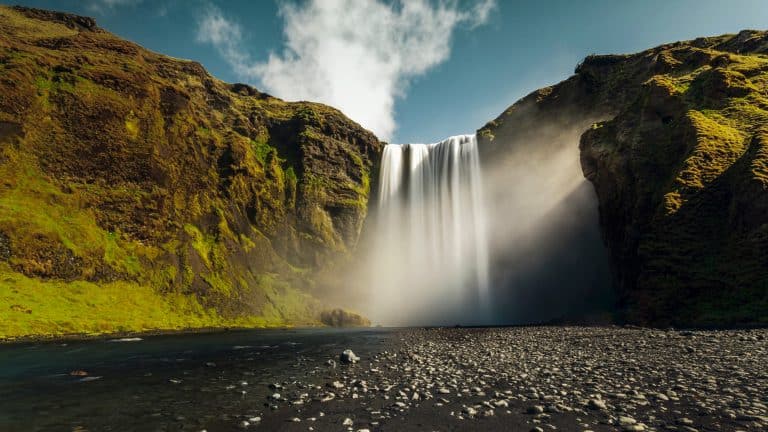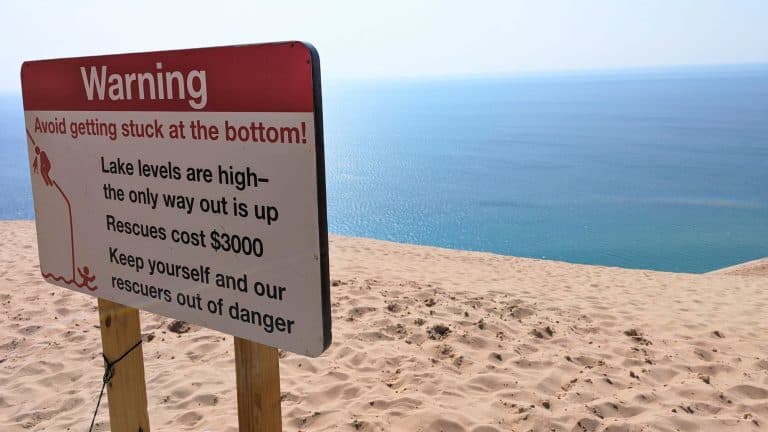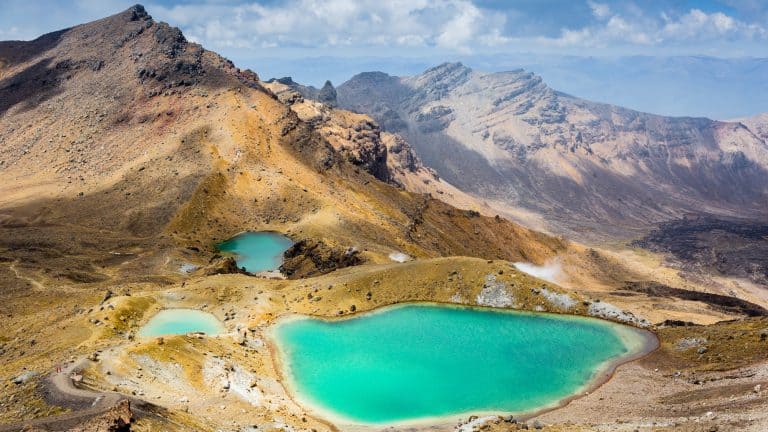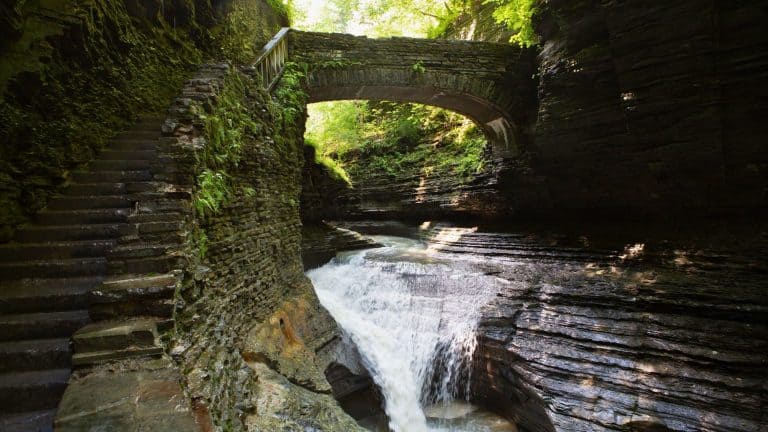Discover Parks & Wildlife contains affiliate links and is a member of the Amazon Services LLC Associates Program. If you make a purchase using one of the Amazon links (or other affiliate links), we may receive compensation at no extra cost to you. See our disclosure policy for more information.
12 U.S. National Parks That Faced Devastating Fires In Recent Years
Wildfires and national parks – two things we’d rather not see in the same sentence, but here we are. Over the past handful of years, some of the most breathtaking national parks in the U.S. have been scorched by flames, leaving charred trees, devastated ecosystems, and hauntingly beautiful landscapes in their wake.
These fires have disrupted wildlife, threatened ancient treasures, and left park-goers scrambling for alternate vacation plans. Today, we’re taking you through a few national park units and forests where fire wasn’t just a flicker – it was, unfortunately, a full-blown inferno.
And while it was heartbreaking to see it happening in the moment, these parks have risen from the ashes with new growth and life. Are you ready to explore the burned beauty of our national parks?
Sidenote: Before we get started, we just want to say those being affected by the LA fires right now are in our thoughts. It is heartbreaking, and in no way is our article about other devastating fires that have occurred trying to make light of what is happening right now.
Sequoia And Kings Canyon National Parks, California
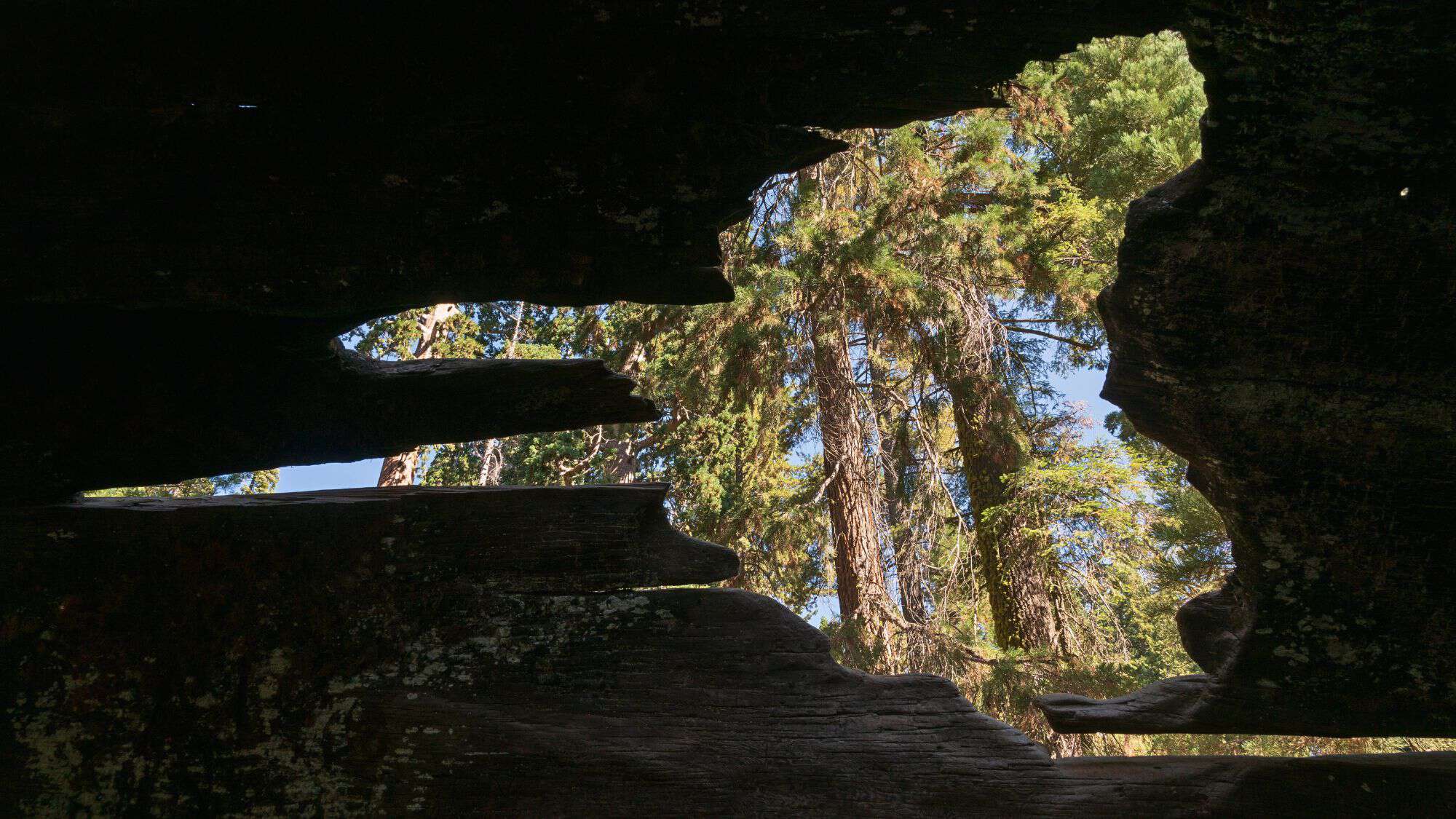
Nothing breaks the heart like seeing ancient sequoias, the gentle giants of the forest, under threat. The 2021 KNP Complex Fire tore through these iconic parks, destroying thousands of these towering trees – some over 200 feet tall.
Despite their long lifespans, sequoias are surprisingly vulnerable to intense, fast-moving fires. Officials even wrapped their bases in fire-resistant blankets, fighting to protect these national treasures. It’s a powerful reminder of the fragile balance between nature’s resilience and its vulnerability.
Yellowstone National Park, Wyoming
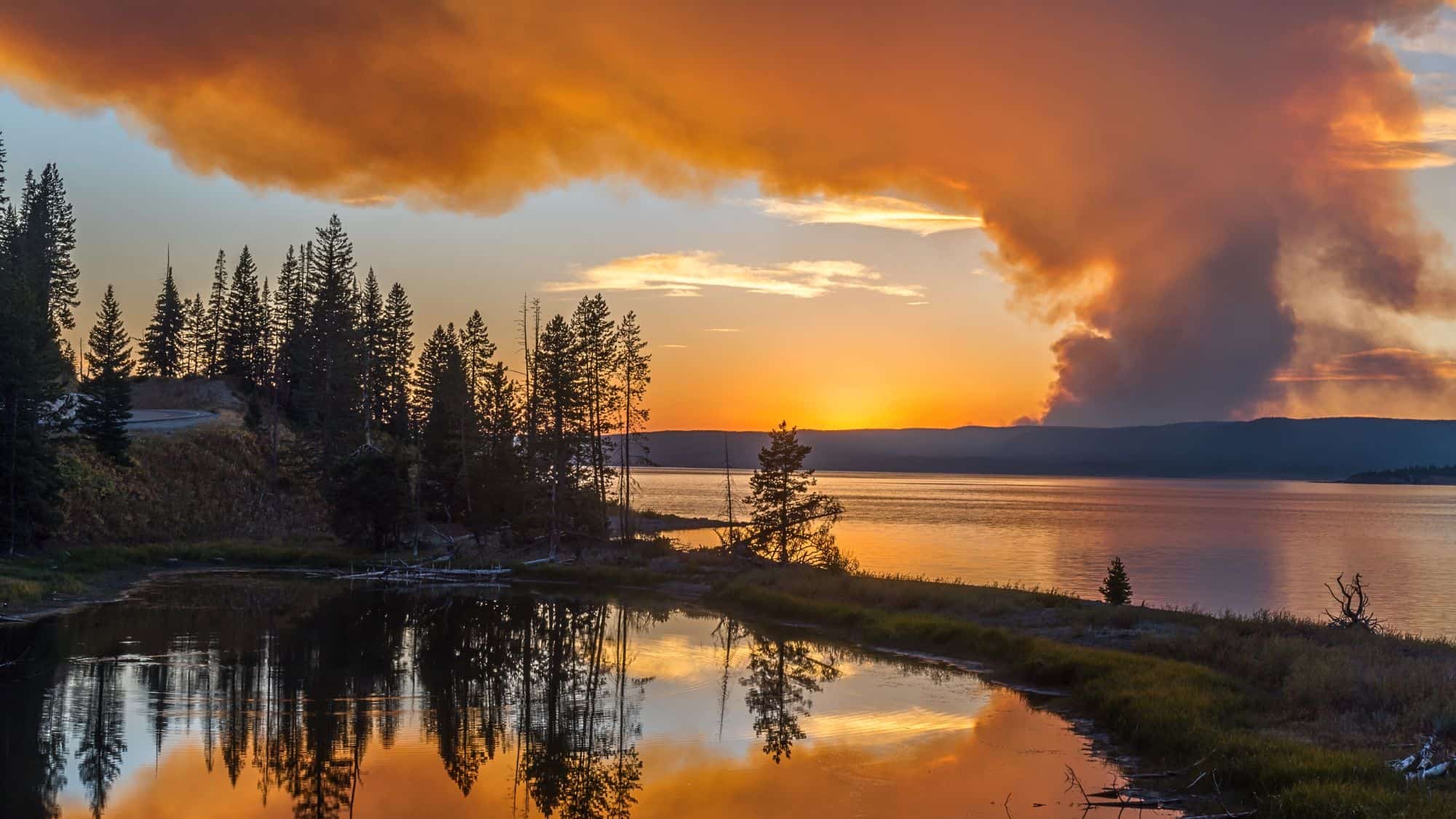
In 2020, the Lone Star Fire sparked quietly, but it quickly grew, burning over 4,100 acres of Yellowstone. While iconic spots like Old Faithful were spared, the fire disrupted geothermal areas and hiking trails, leaving its mark on the park’s landscape.
It’s a stark reminder of how fast nature can change. Strolling through this lush wilderness? That’ll take time – decades, even – for the greenery to recover. Fires may be part of the cycle, but their impact is anything but small.
Rocky Mountain National Park, Colorado
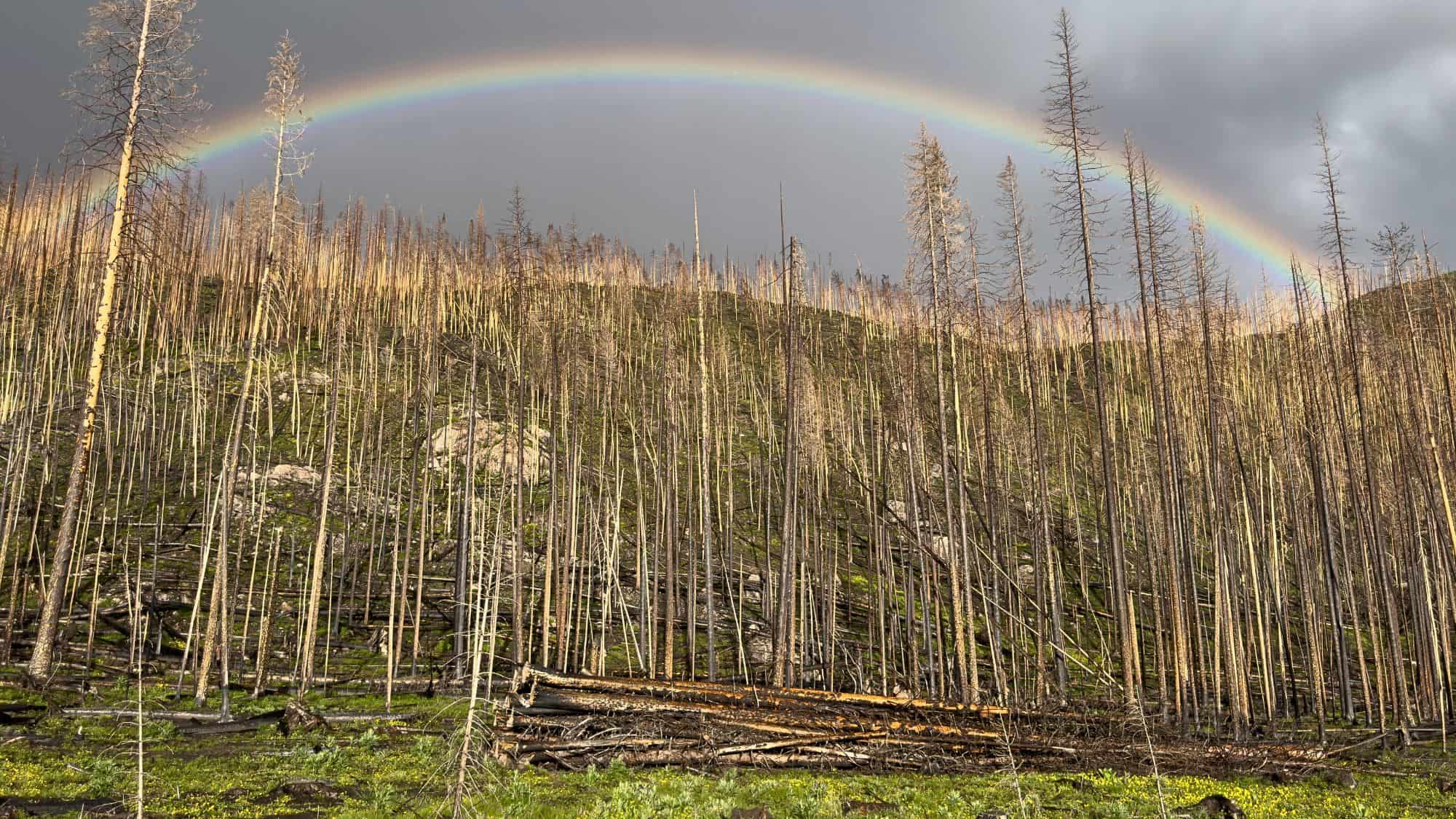
The East Troublesome Fire of 2020 was no ordinary blaze. In just hours, it tore through over 30,000 acres of Rocky Mountain National Park, forcing rapid evacuations and leaving trails and forests unrecognizable. Its speed was staggering, leaving little time to react.
The aftermath? Charred landscapes and damage that will take years to recover. While nature is resilient, this fire was a stark reminder of its vulnerability (and the power of wildfire to reshape beloved places).
Glacier National Park, Montana
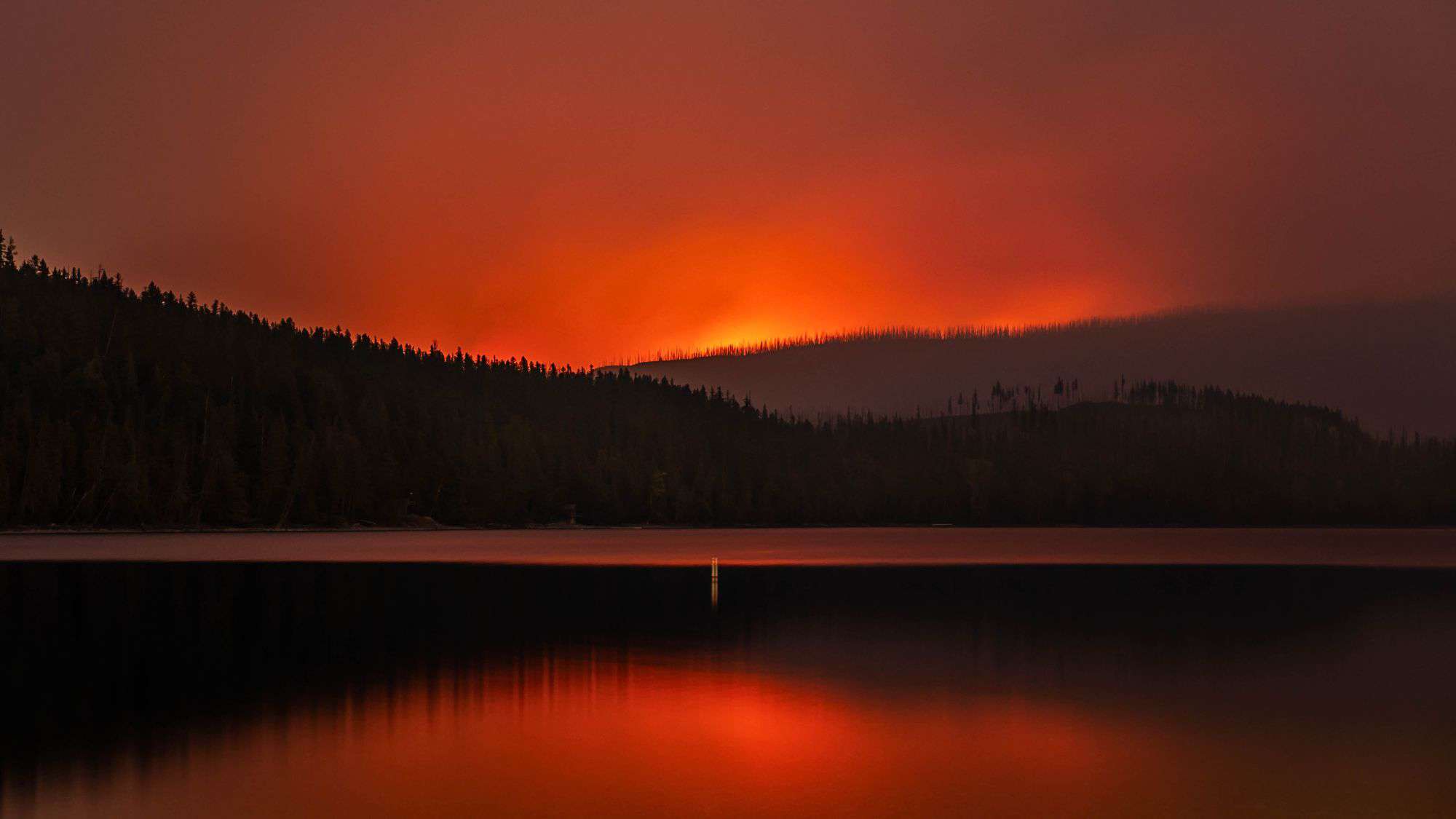
The 2018 Howe Ridge Fire tore through over 14,500 acres, claiming historic cabins near Lake McDonald and leaving a scar on Glacier’s story. Swift evacuations followed, yet some visitors still snapped selfies with smoke-filled skies.
While the fire disrupted Glacier’s iconic beauty, its resilient ecosystems remind us that recovery is part of nature’s rhythm. Even after the flames, Glacier proves that the sun always rises, bringing with it hope, renewal, and the promise of a new chapter.
Grand Canyon National Park, Arizona
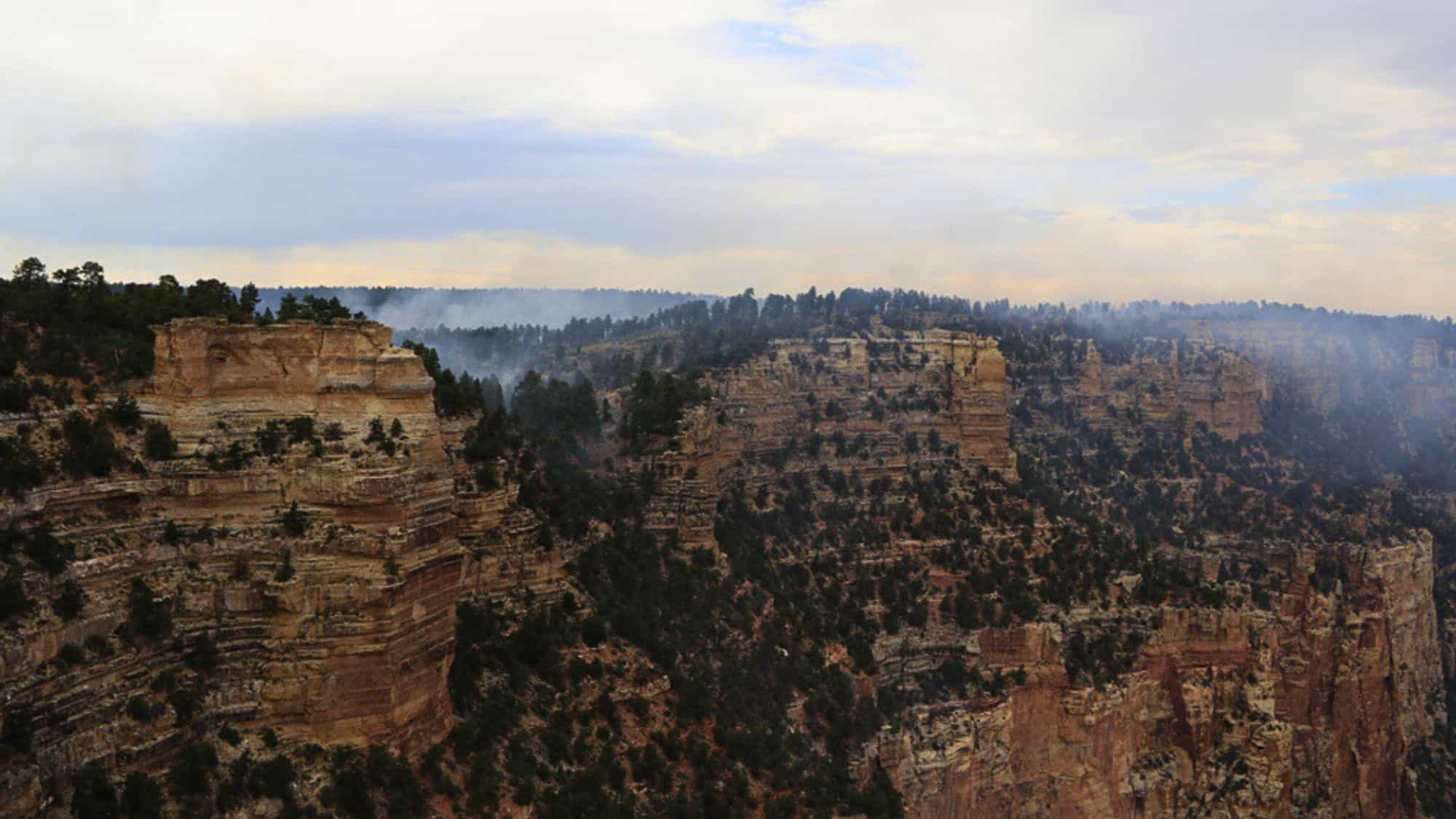
Think the Grand Canyon is all rocks and has no fire risk? In 2018, the Obi Fire scorched 11,500 acres on the North Rim, shrouding iconic views in smoke and ash.
Unique plant species were threatened, and even desert ecosystems faced a tough recovery. But there’s hope – restoration efforts are underway, and they’re as impressive as the canyon itself.
Everglades National Park, Florida
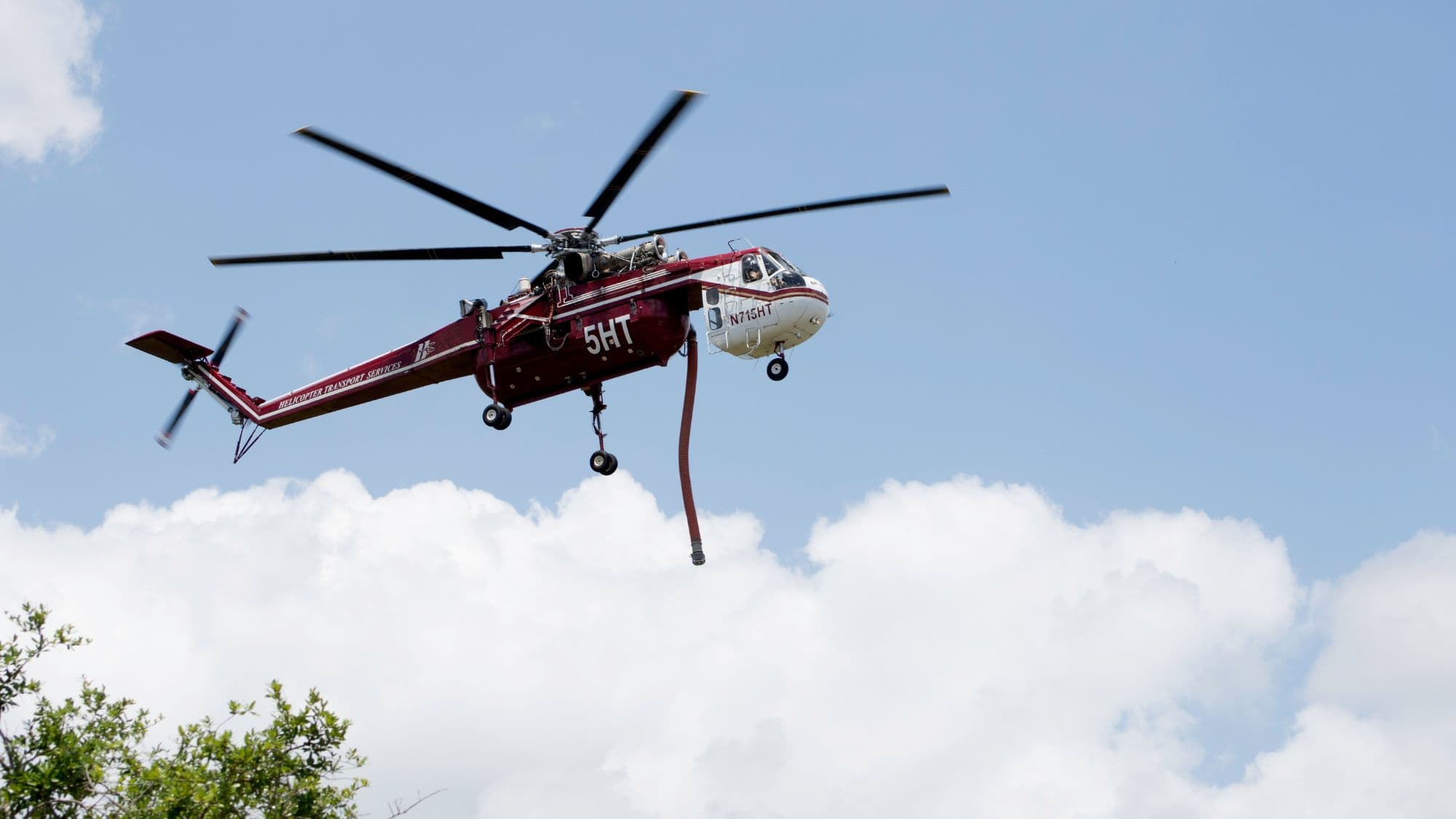
In 2008, Florida’s Everglades were hit by the Mustang Corner Fire, burning through 18,000 acres. Though it didn’t happen yesterday, it served as a powerful reminder that even swamps are not immune to the dangers of drought and lightning strikes.
The impact was devastating – wildlife displaced, ecosystems disrupted, and struggling mangroves. This fire was more than a local tragedy; it highlighted how wetlands, too, are vulnerable to the growing threat of climate change.
Joshua Tree National Park, California
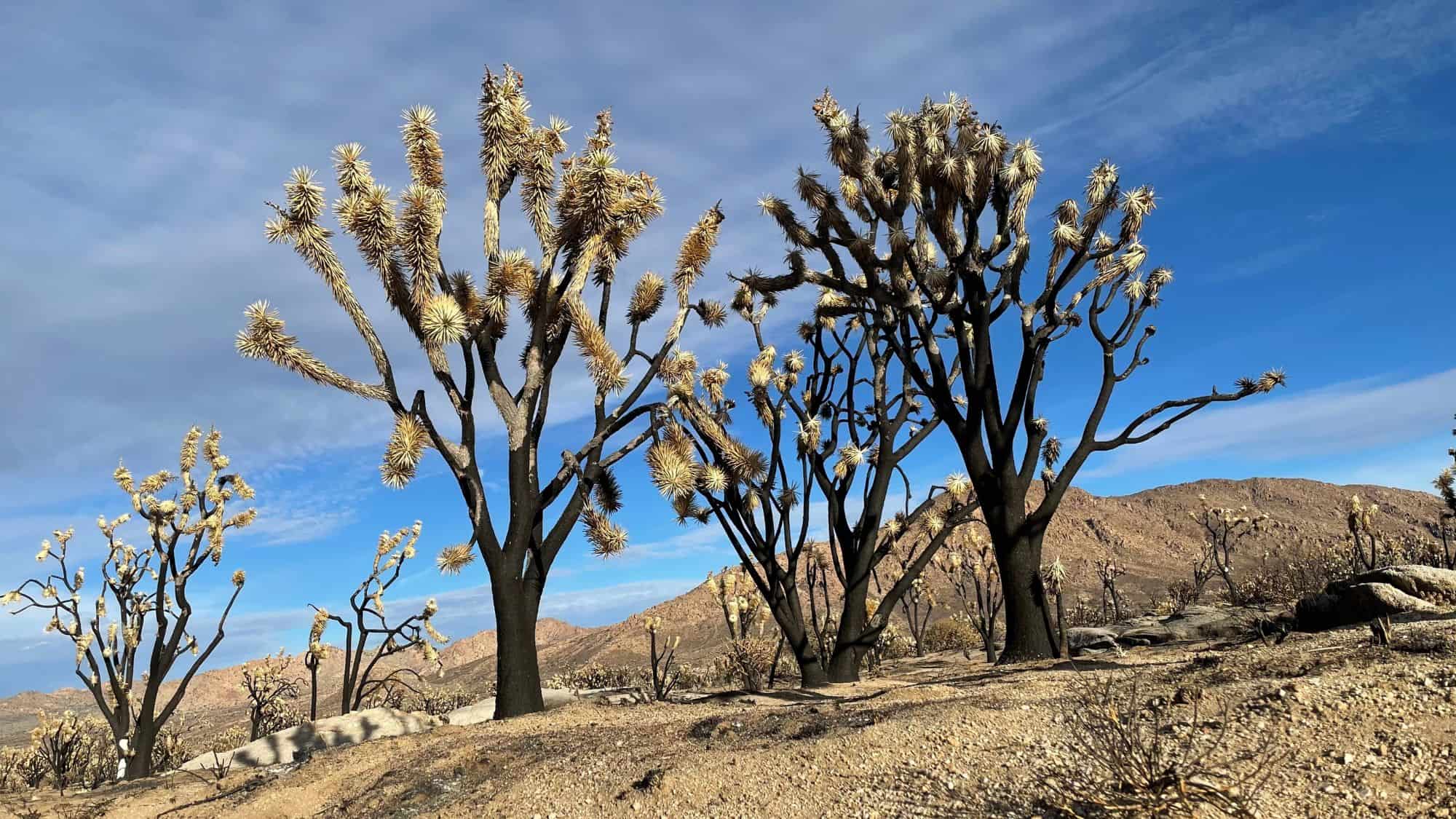
The 2020 Dome Fire devastated over 43,000 acres, leaving countless Joshua trees scorched and collapsed. And this wasn’t just a wildfire; it was a harsh blow to the fragile desert ecosystem.
Recovery for these iconic trees will be slow – if it happens at all – since Joshua trees aren’t exactly built for a quick comeback after such intense damage. It’s a heartbreaking reminder of how delicate and irreplaceable our natural landscapes truly are. Let’s protect what we have while we still can.
Yosemite National Park, California
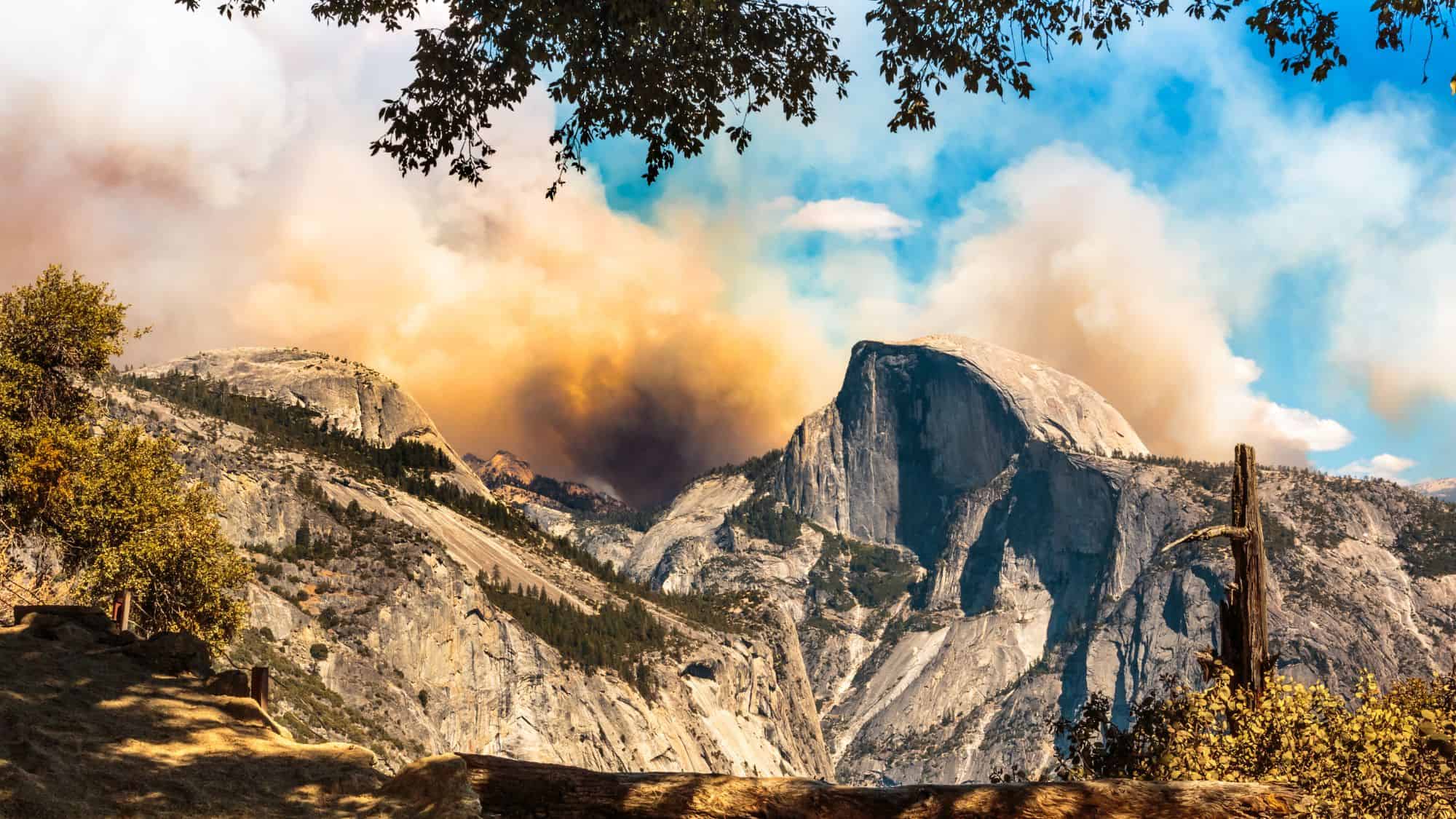
Although not as recent, the 2013 Rim Fire was a blazing reminder of how one careless act (an illegal hunter’s fire) can wreak havoc. Starting on August 17, it scorched a staggering 78,895 acres within Yosemite’s boundaries.
For nine exhausting weeks, firefighters battled to contain the inferno, finally succeeding on October 24. The scale of destruction wasn’t just ecological; it was emotional, gut-wrenching proof of how fragile these protected landscapes are.
Great Smoky Mountains National Park, Tennessee & North Carolina
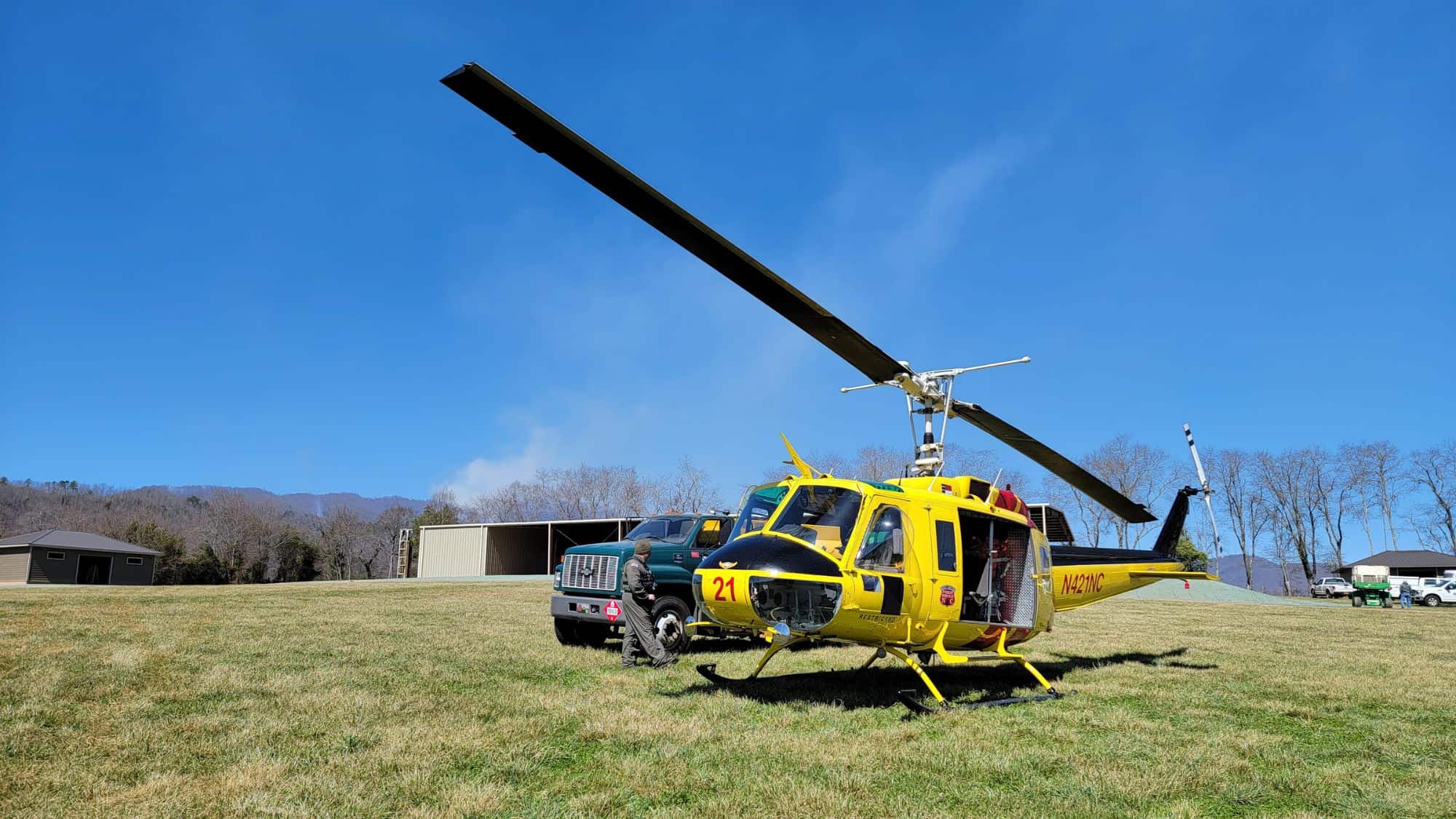
The Thomas Divide Complex Fire of 2022 left a mark on the Smokies, burning over 700 acres in the country’s most-visited national park. While smaller than most of the other wildfires on our list, it still forced closures.
The firefighters had a number of challenges in the steep, forested terrain where every spark can escalate quickly. Thankfully, the Smokies are tough, and restoration is already in progress, bringing hope and renewal to this beloved park.
Shasta-Trinity National Forest, California
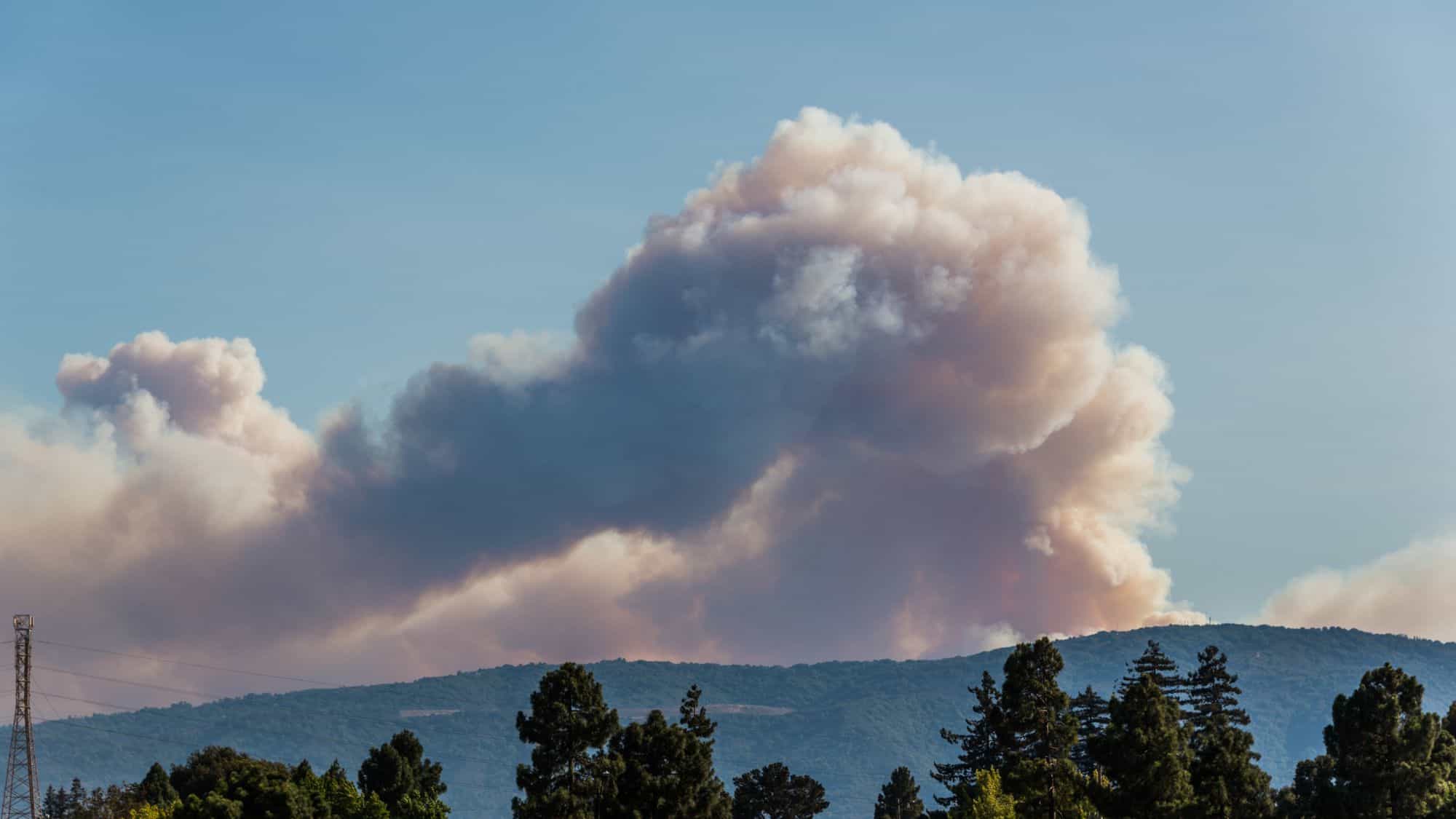
The August Complex Fire of 2020 incinerated over 1,032,000 acres, claiming the title of California’s largest wildfire. Imagine a blaze so monstrous it formed its own weather systems – because it did.
The inferno swallowed parts of the Shasta-Trinity National Forest, leaving trails, wildlife, and history reduced to ash. But the devastation spotlighted the urgent need for forest management and climate action, and hopefully, changes will help future impacts.
Dixie National Forest, Utah
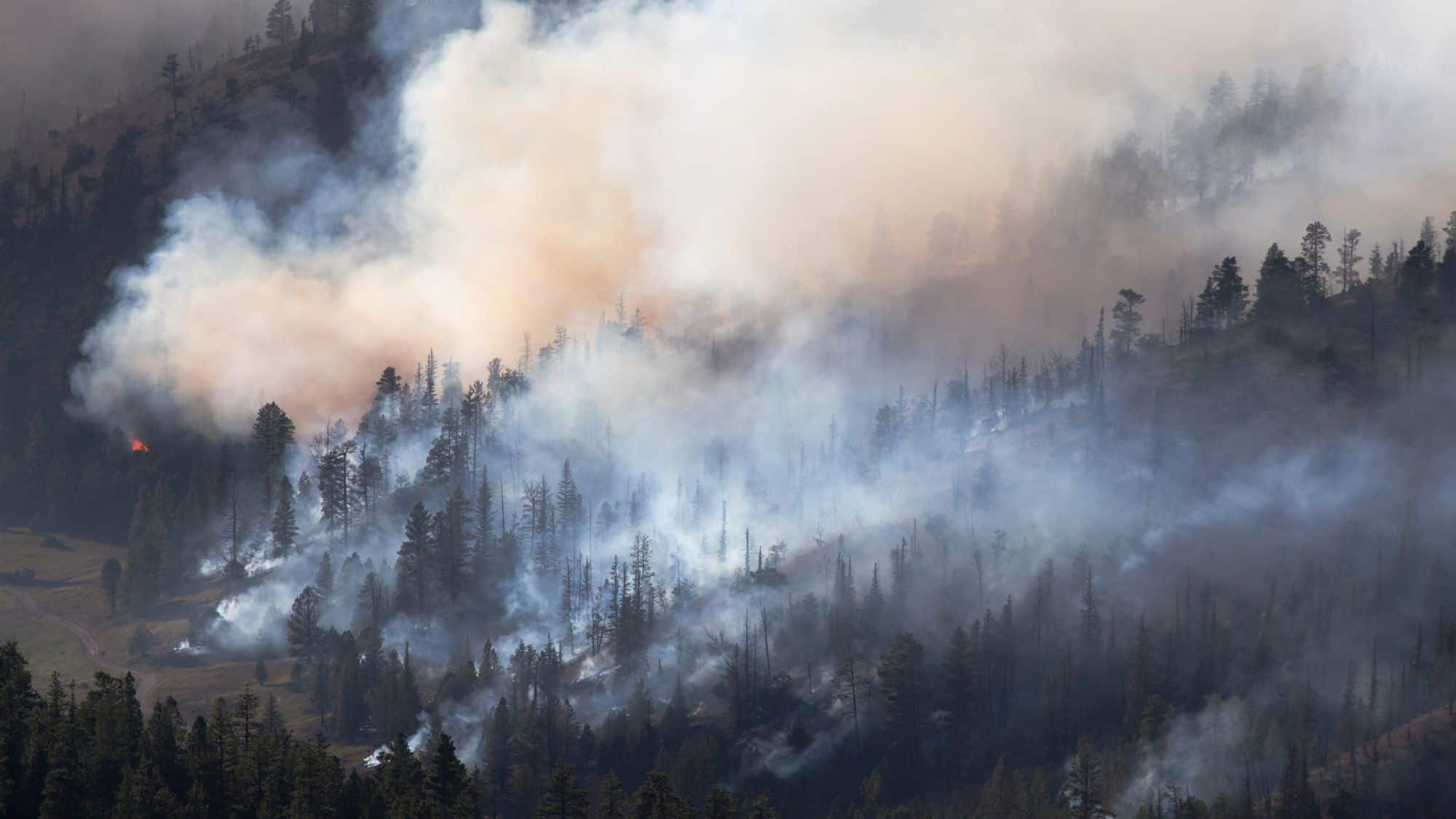
The Mammoth Fire of 2021 wasn’t a sprawling monster like its unruly cousins, but its 709-acre rampage was no picnic either. Evacuations? Check. Road closures? Double check. The region’s pristine beauty took a hit as flames devoured vegetation and sent wildlife scattering.
A wake-up call? Absolutely. This fire underscored how vulnerable even smaller areas are when forests are neglected. Better forest management isn’t just a buzzword – it’s a seatbelt for nature, keeping these lush escapes from turning into charred remnants.
Coconino National Forest, Arizona
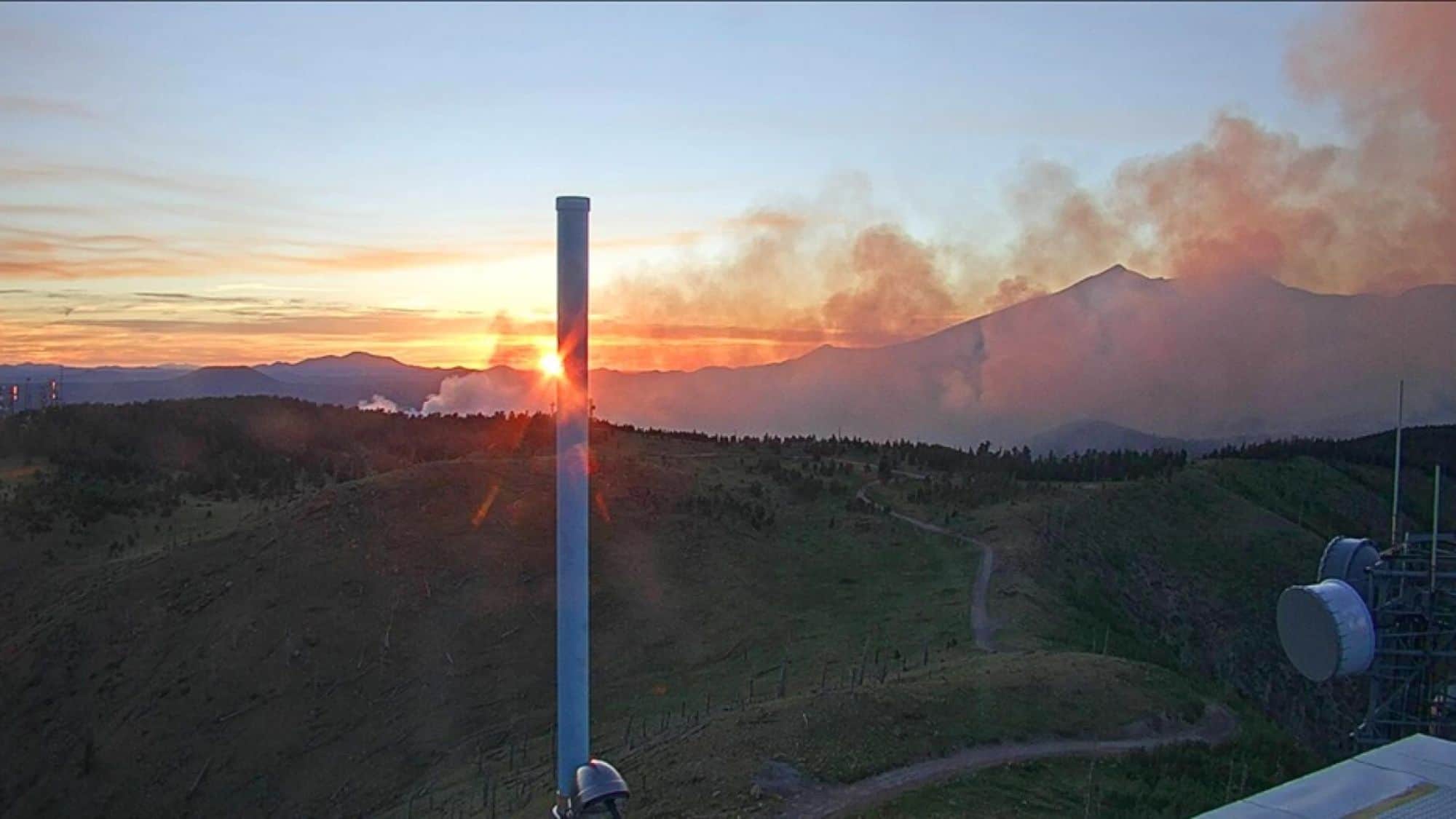
The 2019 Museum Fire burned through nearly 2,000 acres, leaving behind more than just charred land. With the soil’s ability to absorb water destroyed, the fire set off a domino effect of flood risks.
It’s a stark reminder that wildfires don’t end when the flames go out – nature doesn’t press pause. The aftermath is a cascade of challenges, showing how one disaster can trigger another. Understanding this chain reaction is key to preparing for what comes next.
U.S. Adjacent: Jasper National Park, Canada
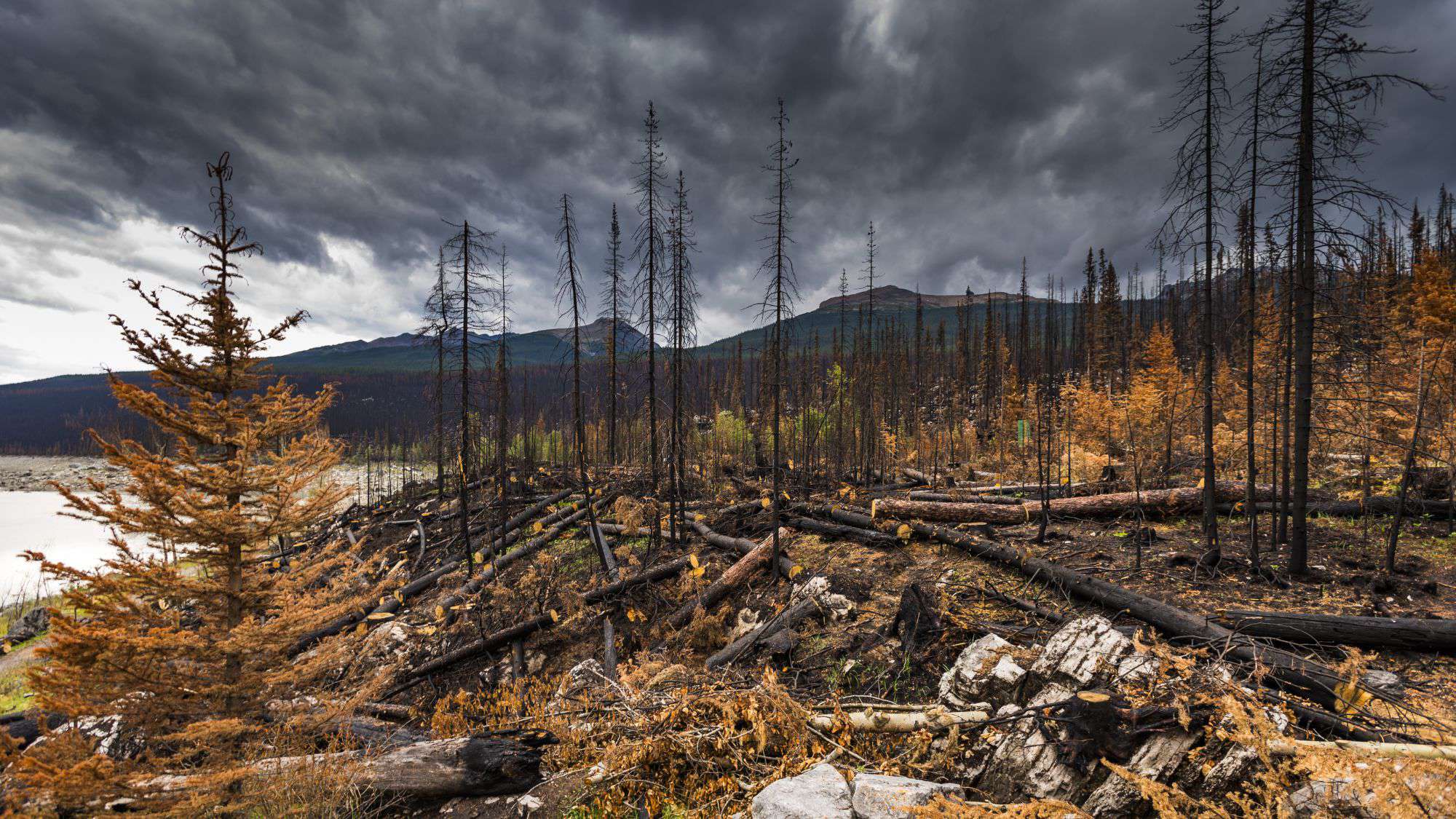
The 2024 Jasper Wildfire chewed through around 80,860 acres, forcing the evacuation of 25,000 residents, workers, and tourists. And it didn’t stop there – 358 of the area’s 1,113 structures were reduced to ash.
This wasn’t just “a bad day”; it was a cruel masterclass in how mismanaged forests and changing climates fuel disasters. Planning ahead with better fire mitigation practices doesn’t just save land; it shields communities from being thrust into chaos the next time nature runs wild.
Like Our Content? Follow Us on MSN (or click the Follow Button above) for more from Discover Parks & Wildlife.
14 U.S. National Parks That Are More Dangerous Than They Look

If you’re up for a wild ride and a side of existential dread, take a sec to check out the U.S. National Parks that could just double as your next horror story…because who doesn’t enjoy flirting with danger while pretending to be a nature lover?
14 Popular Parks To Skip and Instead Find Solitude in These Stunning Alternatives
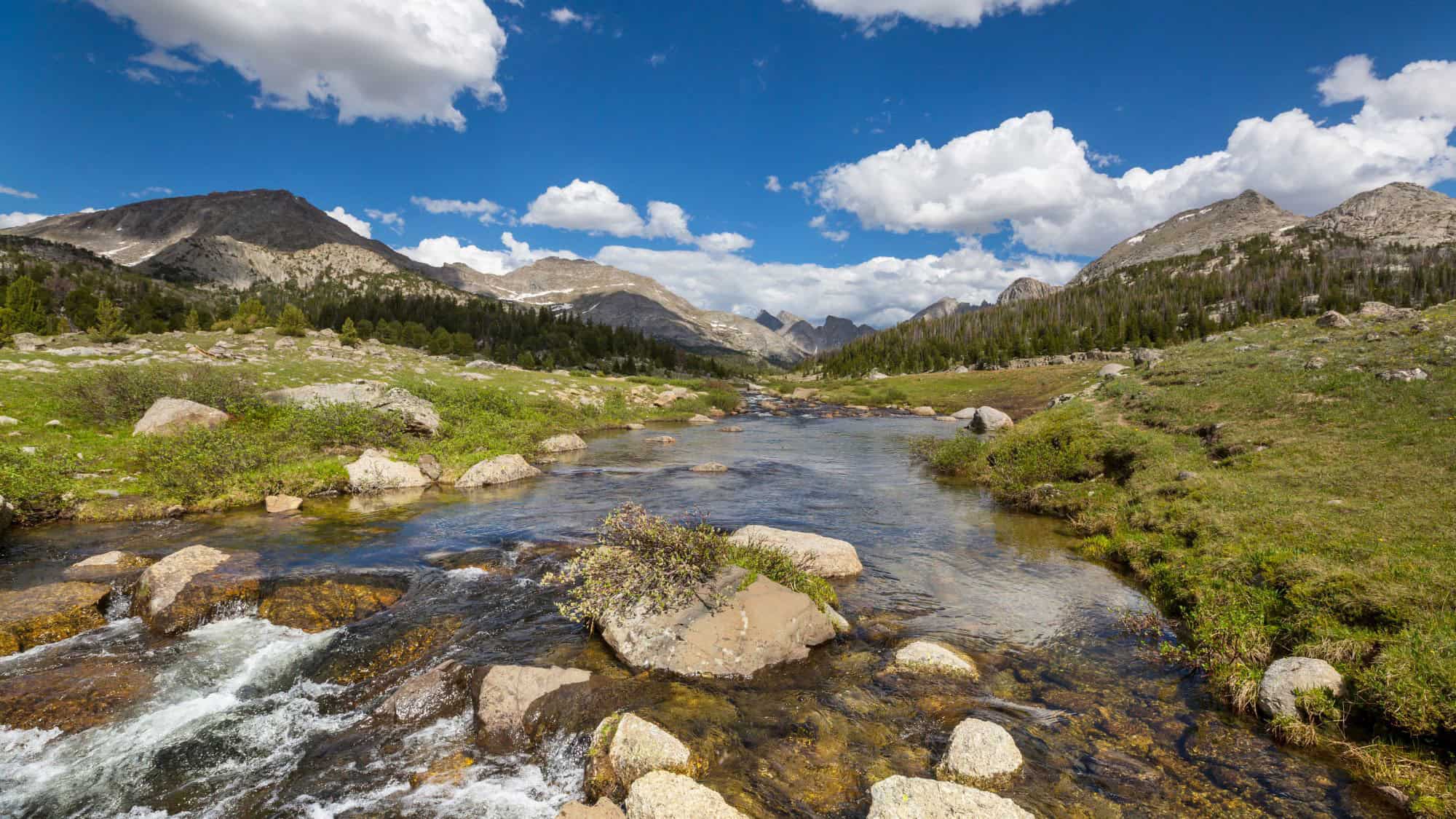
If following the crowd isn’t your style, ditch the chaos of popular parks and discover similar locations where serenity truly reigns supreme.
14 National Parks That Will Ignite Your Love for Stargazing
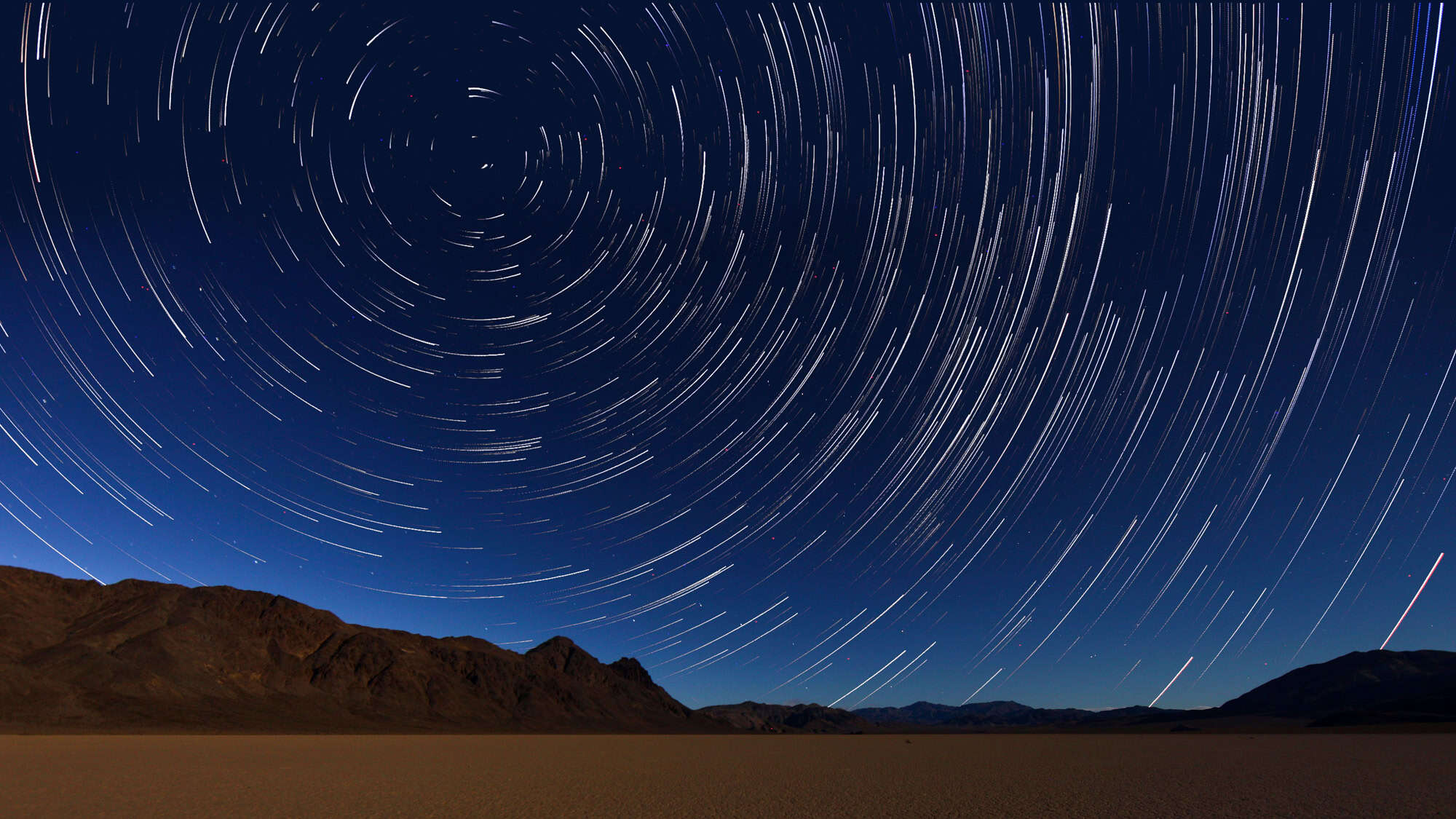
Leap into this celestial journey and find out which national parks will have you contemplating life among the stars. Who knew gazing at the night sky could be this mesmerizing?
